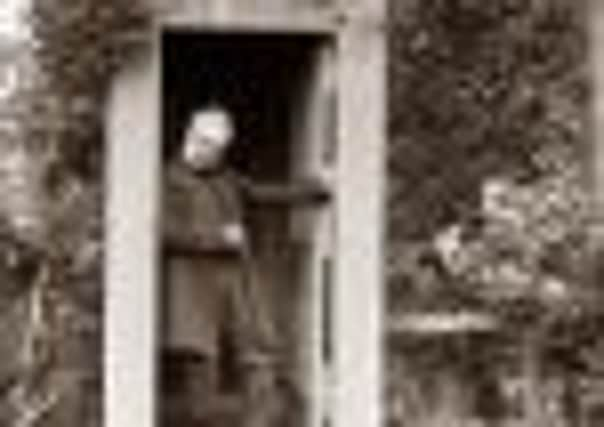History of an early rock star written in stone


The famous fossil hunter spent the best part of a century clambering cliffs and scouring beaches for signs of prehistoric life and his persistence paid off.
The former curator of Whitby Museum is regarded as one of the most gifted Victorian geologists and now there is a chance to own an important part of his past.
Advertisement
Hide AdAdvertisement
Hide AdMr Simpson’s former home at Newholm, near Sandsend, is on the market and with it a box of papers that help tell the fascinating story of a man who devoted his life to the study of rocks.
The Retreat, which Mr Simpson, called “Little Farm”, is for sale with Smiths Gore for £450,000 and has already caused a stir among wealthy buyers keen to have a holiday home close to this desirable stretch of seaside.
In the 1840s, when he moved in, the rudimentary cottage with 10 acres of land was far from a fashionable des res.
He inherited it after his father John, a master mariner, was pronounced lost at sea and the small holding proved crucial to his survival.
Advertisement
Hide AdAdvertisement
Hide AdThe failure of Campion’s Bank left Mr Simpson destitute and, as his job as curator of the Whitby Museum was unpaid for almost 20 years, he was forced to live off the land and scrape a living selling geological guides and boxes of small fossils to tourists .
It was a humble existence for a learned man, who went to Edinburgh University and taught at a school in Wakefield, but that did not stop him pursuing his passion.
Most days he walked from Newholm to Sandsend Ness and spent hours studying and collecting fossils in all weathers, always armed with a foot rule to measure the strata.
The result was one of the most important ever books on ammonites – The Fossils of the Yorkshire Lias – along with a collection of jurassic fossils now on display in Whitby Museum.
Advertisement
Hide AdAdvertisement
Hide AdMartin Simpson died aged 92, by which time he had let Little Farm to rent a cottage nearby.
His obituaries praise his great geological legacy, though the local paper describes a lonely, irascible character.
Anne Dennier, who has researched his life for the Whitby Museum, said: “He was an amazing man and extremely important in terms of the museum’s jurassic collection and for his study of ammonites. He covered a large area and was incredibly persistent.
“He must have walked miles and miles up and down this coast,” she added.
Advertisement
Hide AdAdvertisement
Hide AdSandra and Paul Wakelin, who bought The Retreat 18 months ago, have also become familiar with Martin Simpson after delving into a huge box of papers that came with the house. It includes his birth and death certificates and a photograph.
“We think the papers were collated by his nephew who lay claim to the property when he died and they go back to deeds dated 1610 written in Latin,” said Mrs Wakelin.
“I think the later papers show that Mr Simpson was probably quite lonely.
“His father died early, his brother died aged 16 at sea and two of his sisters passed away in their 20s, while his remaining sister moved to Bolton, although the house remained in her family until the 1970s.”
Advertisement
Hide AdAdvertisement
Hide AdThe Wakelins bought the cottage as a retirement home, but an offer of work means they must leave.
The papers will go to the new owner, as will an ammonite found in the garden.
“I was weeding under the beech tree and found it buried there. I like to think it was one of Martin Simpson’s,” said Mrs Wakelin.